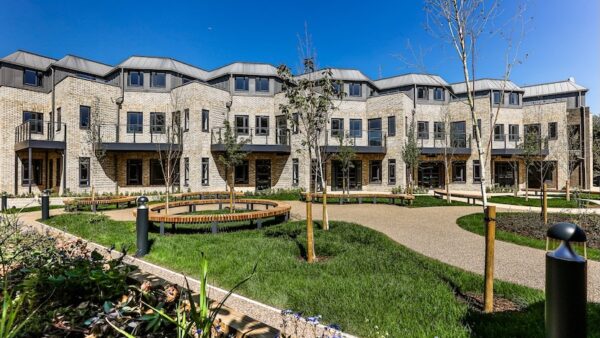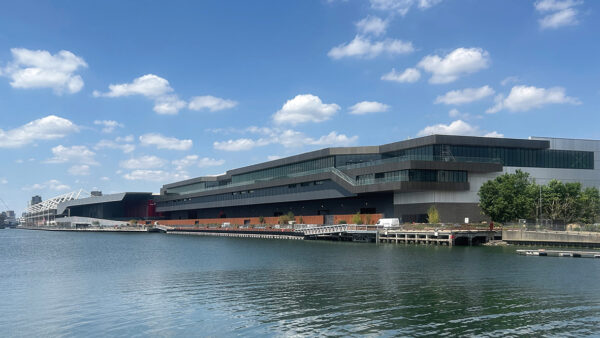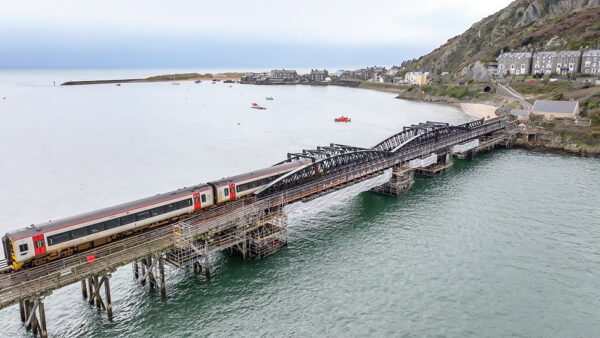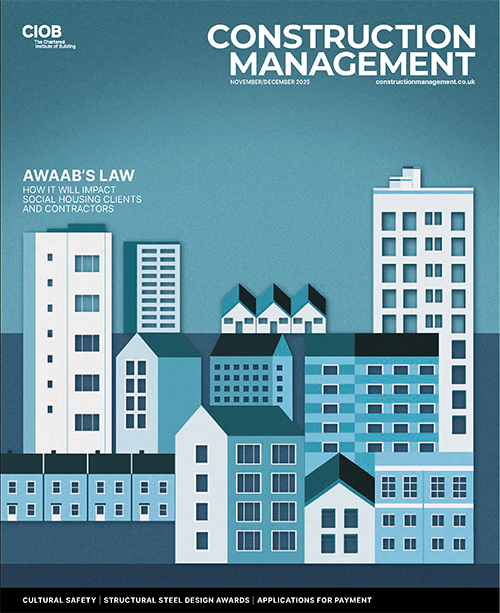Following a deadly fire in a nightclub in North Macedonia, Neil Gibbins examines the need for increased awareness of the risks in similar UK venues, especially the use of pyrotechnics and management of fire safety measures.
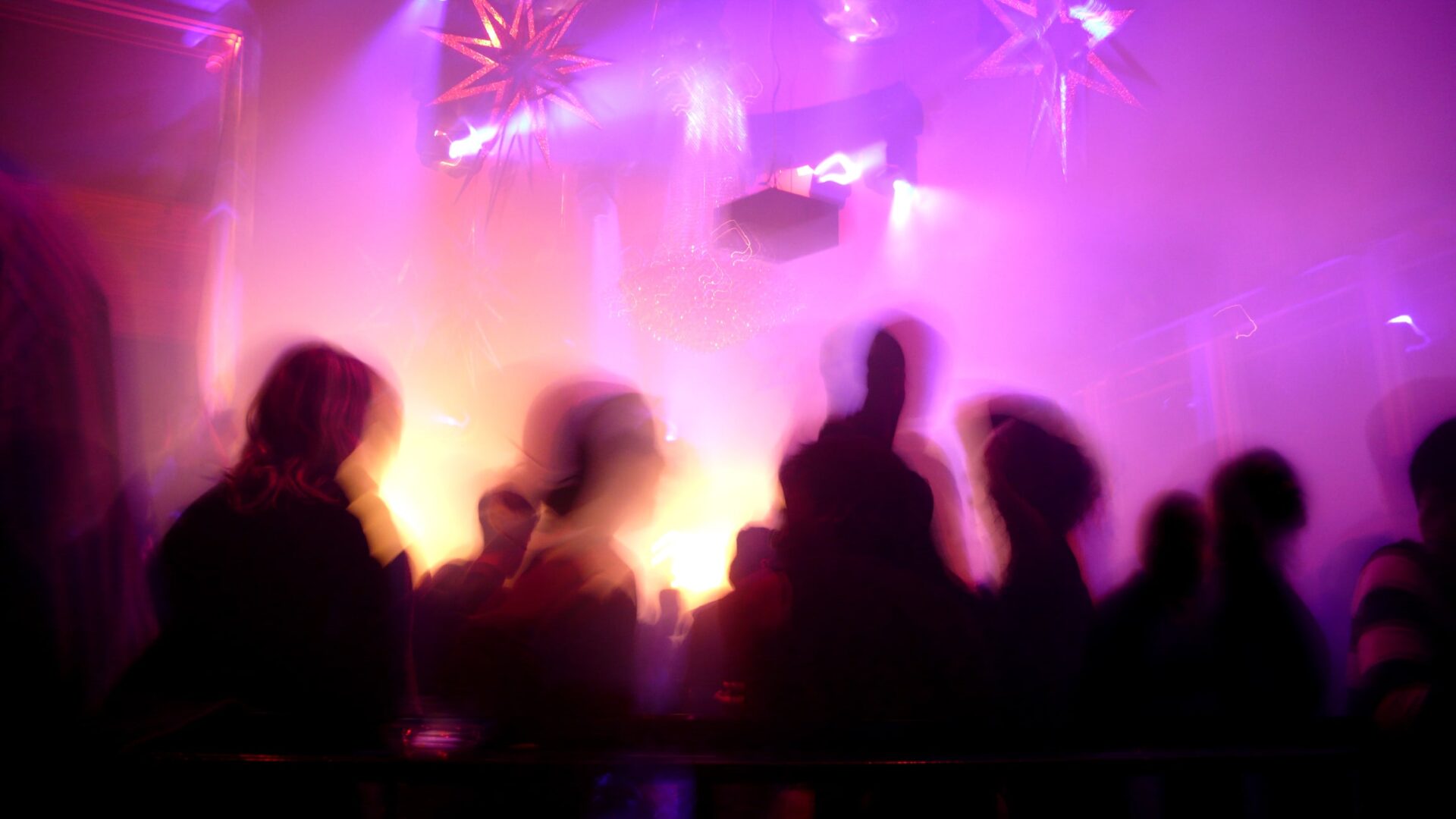
On 16 March 2025, a devastating fire broke out at the Pulse nightclub in North Macedonia. Sparked by indoor fireworks igniting materials inside the club, the tragedy left 61 people dead.
Over the last 25 years, similar fires have occurred in the Netherlands, Romania, Russia, Argentina, the US, Ecuador, China and Brazil, resulting in approximately 1,000 deaths.
What are the main risks?
Most nightclub fires involving pyrotechnics result from two main failures: the inappropriate use of fireworks indoors, and the presence of combustible materials that allow the fire to spread rapidly.
Nightclubs are at a higher risk of having mass fatality events due to the presence of large crowds (often with their judgment impaired by alcohol or other substances), high sound levels, low lighting and emergency exits that are sometimes obscured or secured to prevent unpaid entry.
Temporary decorations and additional furniture can further add to the fire load, particularly during celebrations and special events.
Many nightclub premises are repurposed buildings originally intended for another use. As a result, few benefit from ideal fire-safe designs. Emergency escape routes may be narrow and difficult to access, especially under stress.
Construction professionals involved in the design, retrofit and adaptation of nightclubs need to be aware of the risks when considering fire-safe design, material selection and exit planning.
Current regulations and guidance
Building regulations guidance sets out the maximum distance to the exits in nightclubs, the number required and the widths needed based on the number of people who could pass through them.
It is the duty of designers and contractors to anticipate risks and support fire-resilient outcomes through thoughtful design, clear communication and collaboration with responsible persons.
The management of fire safety in buildings in England and Wales is generally controlled through The Regulatory Reform (Fire Safety) Act 2005 (FSO), enforced by the fire and rescue service.
The FSO places responsibility for managing fire risk directly on the venue operator, requiring a risk assessment and action on any significant findings.
The government provides advice in its guide to fire safety in small and medium places of assembly. The guide provides a good overview of the challenges towards achieving fire safety in such premises and should be read by those responsible for nightclubs.
How can we mitigate the risks?
Mitigating the risk of fires in nightclubs demands strict control of pyrotechnic use, regular risk-based inspections, and training.
CROSS has identified the following key lessons:
- The use of pyrotechnics should be carefully controlled by licensed operators;
- Guidance for club managers should be clear and explicit regarding the standards for materials inside their venues to be fire-resistant;
- Fire and rescue services should review local risk management plans to include audits of premises used as nightclubs;
- Information should be provided to patrons to inform them to be aware of their surroundings and exit routes;
- Training and testing for door supervisors should include fire safety.
Public awareness is also key. Most of the victims of these fires are young people, and so there is a need for campaigns in schools, colleges and universities. Club patrons need to understand the real risk of fires in nightclubs and be prepared to evacuate swiftly but calmly if danger arises.
Could a similar tragedy to the one in North Macedonia happen here in the UK? If the Grenfell Tower fire has taught us anything, it is that the mindset of “it couldn’t happen here” is dangerously misguided. Nightclubs should be places of celebration, not tragedy. We must all remain vigilant in protecting these crowded spaces.
Neil Gibbins is the lead fire safety consultant for CROSS.





